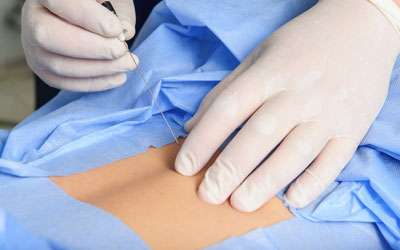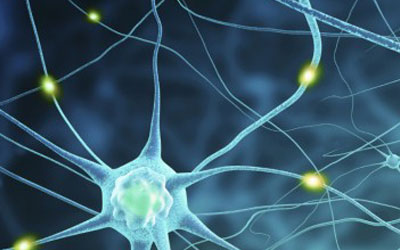Sacral Neuromodulation (SNM)
What is Sacral Neuromodulation (SNM)?
Sacral Neuromodulation is an specialised form of neuromodulation therapy targeting the sacral nerves to address issues with urinary, faecal incontinence and pelvic pain. This therapy is highly specific for pelvic pain syndromes.
A small device called a pulse generator is implanted underneath the skin, it delivers small amounts of electricity to the sacral nerve roots via an lead placed in the sacral opening near the nerve. The system is controlled by a handheld device. The implanted pulse generator is similar to a pacemaker used for heart disorders, we sometime refer it to a pacemaker for pain.
What conditions respond to SNM?
SNM is specific to the pelvic disorders. Some of the well know conditions which respond to SNM is as follow;
- Pelvic Pain Syndromes
- Urinary Incontinence
- Faecal Incontinence
Which patients may not be suitable for SNM implant?
Some of the issues to be considered prior to a SNM trial are;
Technically Difficult: Trauma and Surgery in the region altering the structure may limit the access to the nerve root where the leads need to be placed.
Blood thinners: In situation where blood thinners cannot be stopped for the procedure
Medical; conditions:Poorly controlled diabetes poses an added infect risk, similarly all medical conditions need to be optimised to allow for a safe procedure.
Cognition:Poor understanding and unable to operate the device or in patients with cognitive impairment e.g. dementia
Mental Health: Similar to medical conditions, psychological disorders require to be adequately addressed especially substance use disorders, psychosis. Excessive use of opioid medications and non-compliance, problems with use of alcohol, prescription drugs or recreational drugs
What involved?
The Trial: Stage 1
SNM stimulation offers a unique opportunity for patients, to trial the therapy before proceeding to a implant.
Insertion of the SNM lead takes place in an operating theatre under x-ray guidance; you will then go home to try the system for up to 7-10 days with an external battery attached to the lead. During the trial period the neuromodulation clinical team (you will have designated person) will keep record of your progress with daily pain scores and functional reporting. You will be asked to attend the clinic at the end of the trial period to remove the leads.
Full Implant – Stage 2
This procedure is performed approximately 4-6 week after a successful stage one trial. The procedure is like stage one except for the SNM leads being connected to a small implantable device placed under your skin. The implantable device may be a rechargeable or a non-reachable battery. Discuss this with your pain specialist as there are pros and cons to each system. Post implant you may stay overnight or go home the same day depending on how you feel.
Post Implant – After Care
The first few weeks after your implant, the SNM leads may migrate. To minimise lead migration it is very important that you maintain the precautions we advise around bending, lifting, twisting and stretching. Patients are asked to avoid driving for 12 weeks post implant and you may need some additional support from friends/ family at home during this time.
will be asked to attend clinic for regular follow up appointments for the first year. It may take several months before you are able to fully assess the benefits of stimulation. You may need to have sessions of programming the stimulator to achieve optimum pain coverage during this first year.
What is the risk involved, are there long-term complications?
SNM therapy is a well-tolerated and safe alternate to surgery and long term opioid medications. As with any surgical procedure there are risk involved as listed below;
Immediate risks:
- Lead movement (migration)
- Infection If this occurs, we may need to remove part, or all, of the system
- Bleeding – if you are on anticoagulant medication this may slightly higher risk
- Nerve damage
Long-term considerations are:
- End of battery life. All batteries have an expected lifespan, usually replaced once every 7-10yrs
- Mechanical failure – battery faults, lead fracture, lead disconnection, lead failure due to electrical contacts scarring over
- Pain at the site of the implanted battery or leads
Other precautions:
- If you need surgery in the future, tell your surgeon and anaesthetist that you have an implanted device. This is important as it will affect the diathermy that can be used during surgery. Bipolar diathermy should be used.
- You should not have an MRI scan unless you have a compatible SNM system implanted. You may have a CT scan or X-ray.
- If you have a conventional SNM system, you should not drive with your stimulator switched on; surges in stimulation can interfere with your driving.
- Security scanners in shops or airports may affect or be affected by your stimulation and/or your implanted battery. Strong magnets may also do this (e.g. at tills in shops which deactivate the security tags on goods).



